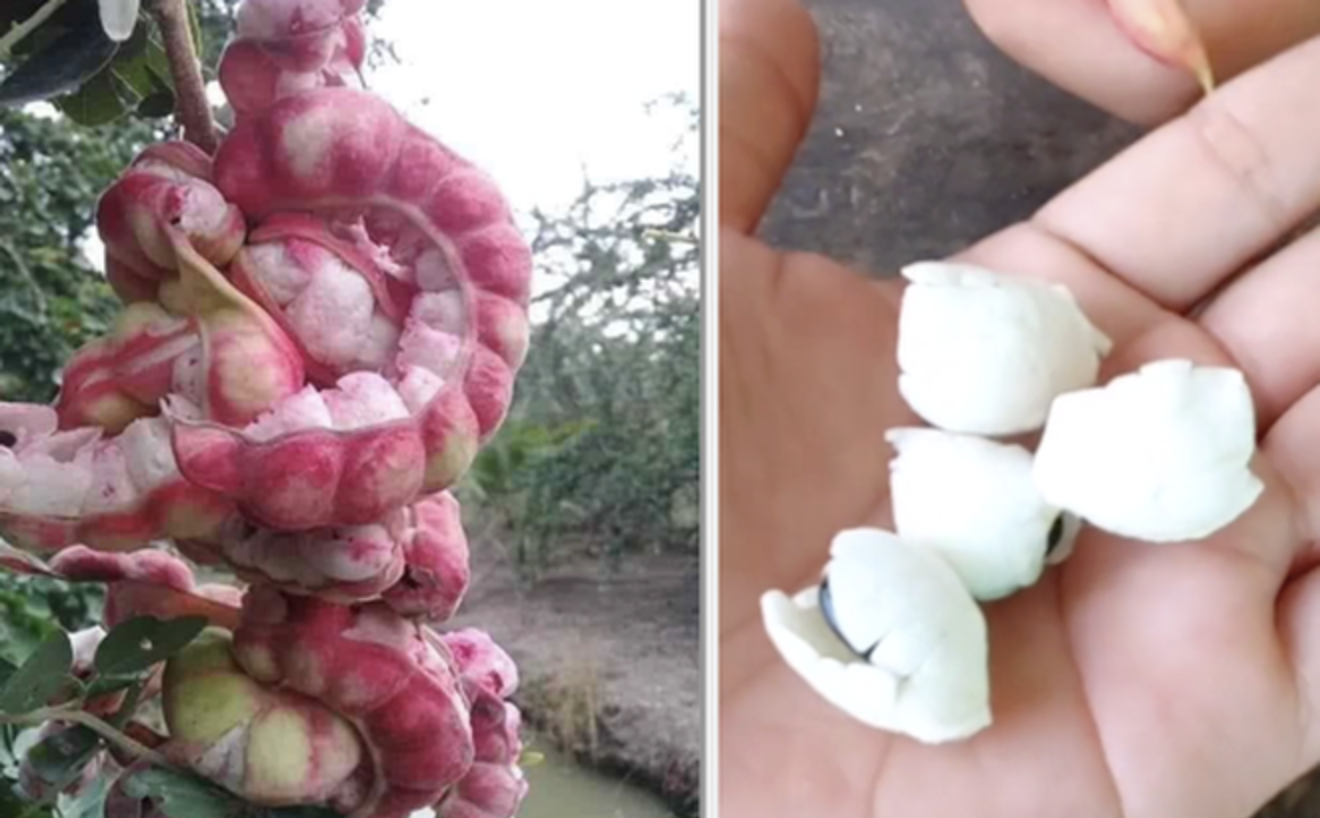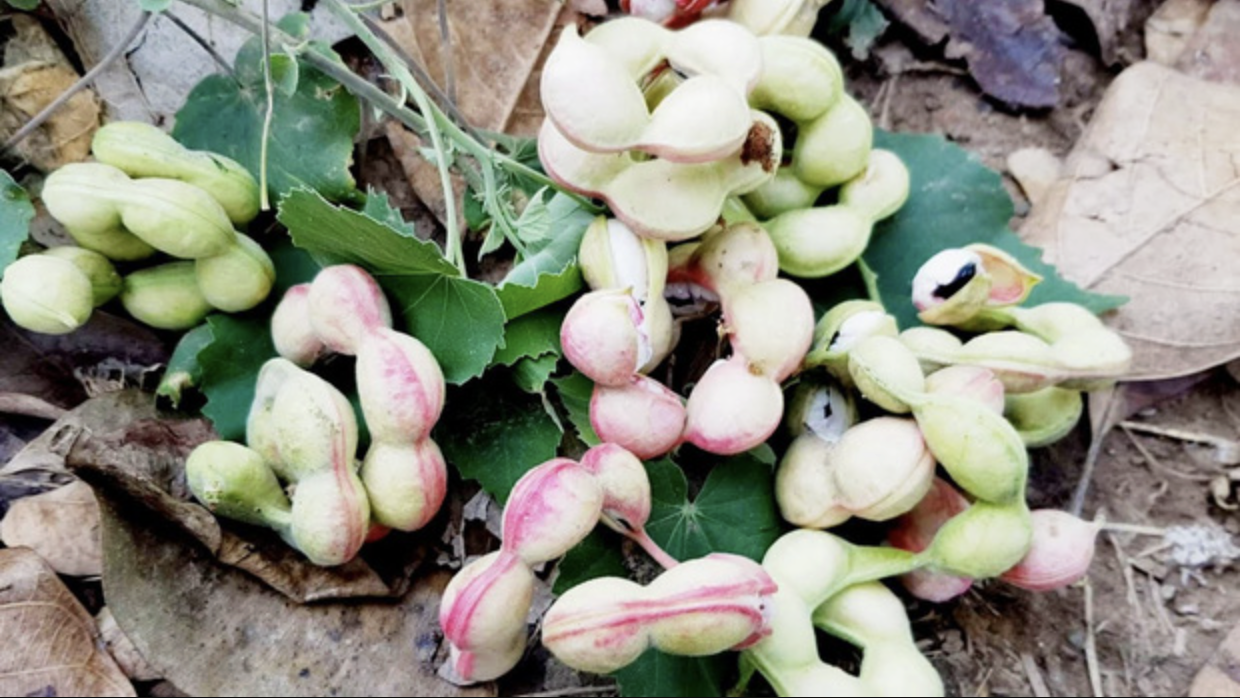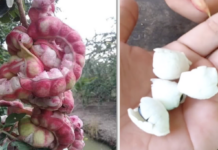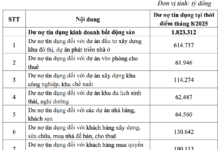In the Southwest region of Vietnam, there’s an abundance of unique fruits that locals instantly recognize, while urban dwellers often scratch their heads in confusion. Among the myriad of delicious fruits from this riverine land, one peculiar fruit has caught the attention of netizens. Its bizarre shape has left many puzzled, unable to identify it even after prolonged observation.

(Source: @huybeo1211)
A young man posted a video of himself harvesting the fruit from his garden. Despite offers to buy it for up to hundreds of thousands of dong per kilogram, he refused, smiling and saying, “It’s just for fun.” In the comments, many admitted to being baffled, having never seen such a strangely shaped fruit before.
However, for the people of the Southwest, this fruit is anything but unfamiliar. At a glance, they recognize it as the water tamarind, also known by other names such as sticky tamarind, western tamarind, or western gang.

(Source: @huybeo1211)
The water tamarind resembles the common tamarind in shape but differs in skin color and pulp. While the sour tamarind has brown skin and dark pulp, the water tamarind boasts a green-to-red skin and pure white pulp with glossy black seeds. Each fruit measures about 5-8 cm in length, segmented and curved like a twisted bracelet.
When unripe, the fruit is hard and flat green. As it ripens, the skin splits open on both sides, revealing the smooth, cotton-like flesh inside. As it matures further, the fruit turns a vibrant pinkish-red, standing out against the green foliage.
Water tamarind trees can grow up to ten meters tall and are often found wild along rivers and rice fields. Harvesting the fruit is no easy task due to the tree’s thorny branches. Rural children often gather to throw stones or use long sticks to knock the fruit clusters down to share among themselves. Those who have tasted it remember its sweet, mildly nutty flavor, distinct from the common sour tamarind.


Today, finding a water tamarind tree in urban areas is no simple feat. Perhaps that’s why, when the video surfaced, many were intrigued and curious. Netizens flooded the comments with nostalgia: “Haven’t seen this fruit in ages,” “Loved it as a kid, can’t find it anymore,” and “Truly a childhood delicacy of the Southwest!”
A humble fruit, once a staple of many childhood memories, has now become a rarity, rekindling a longing for the flavors of yesteryear in those who encounter it again.





































